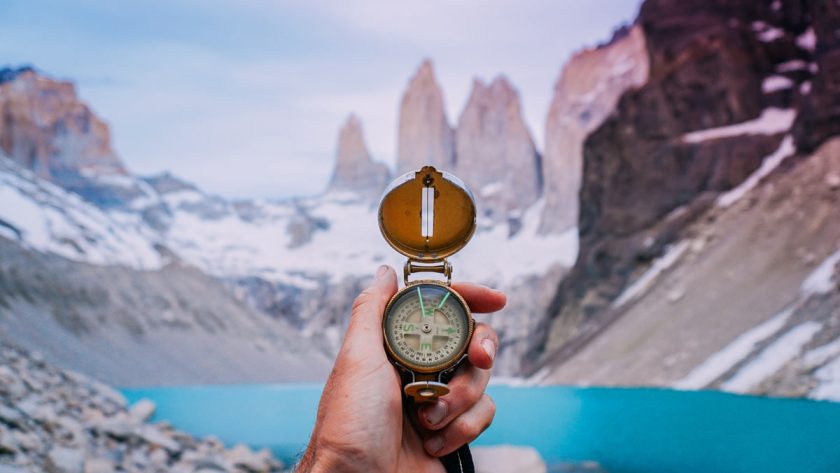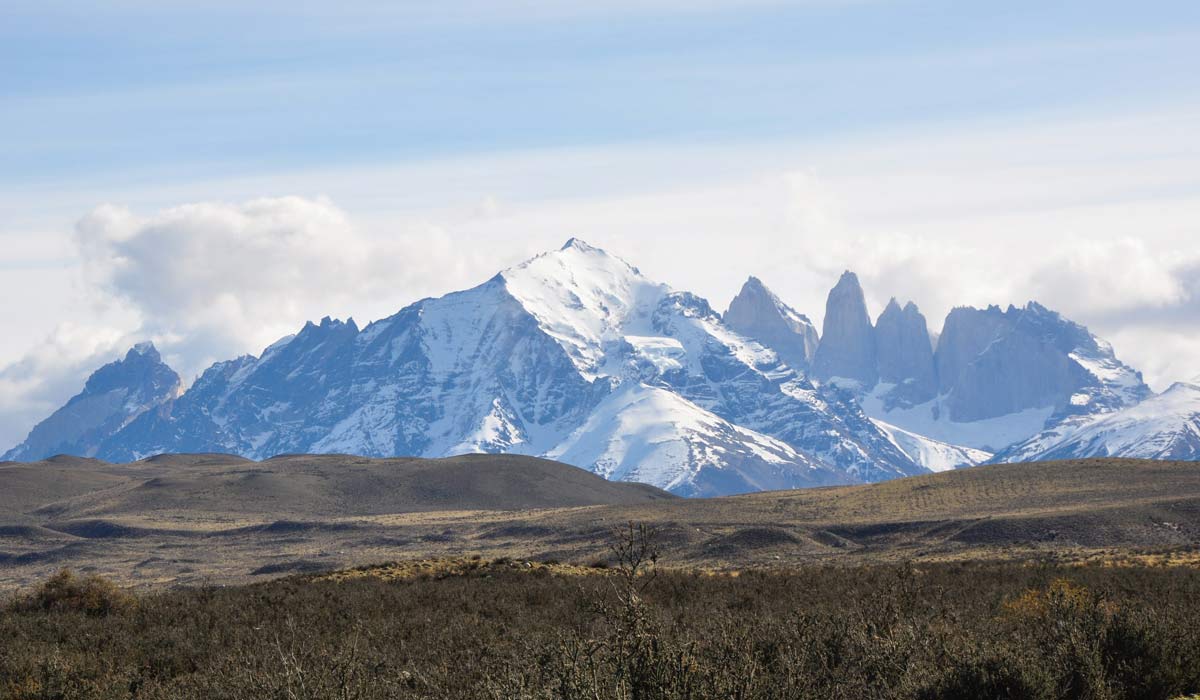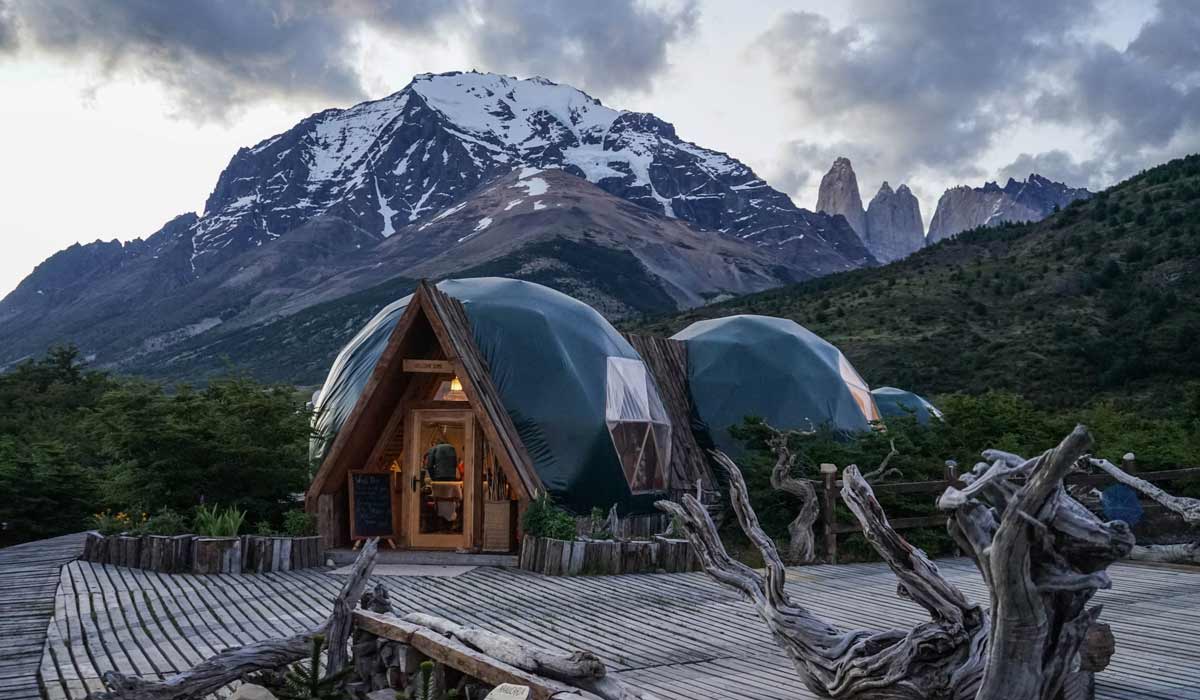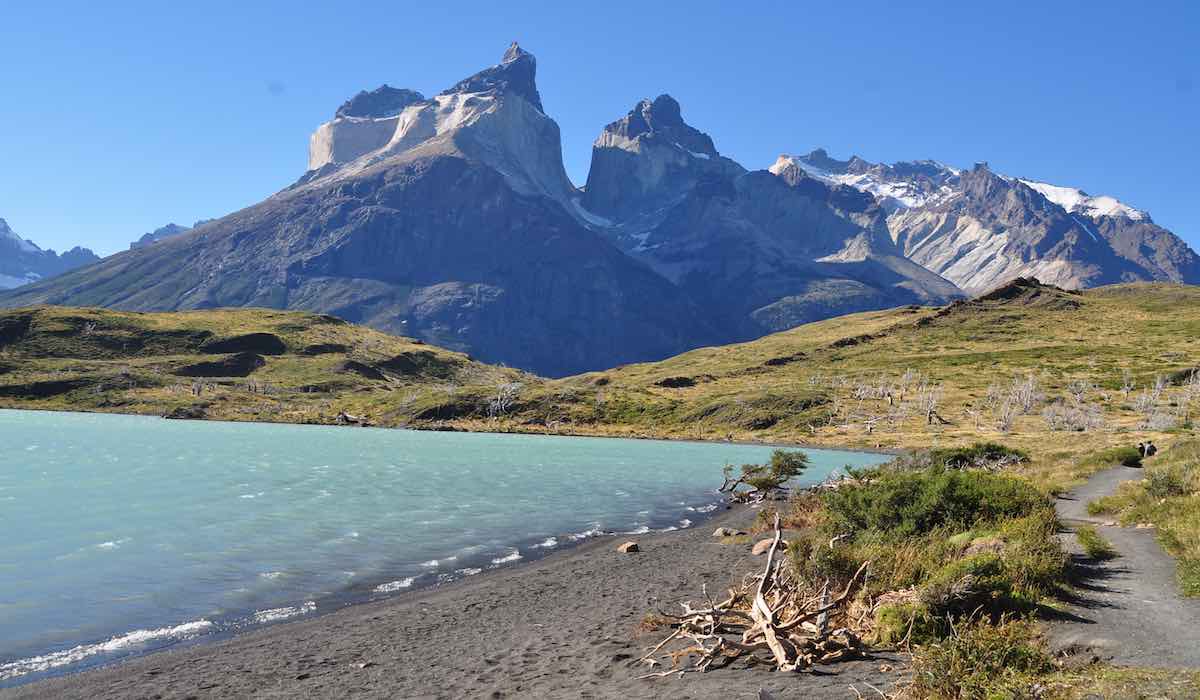This post is also available in:
 Español
Español
Chile is a must for a trip to South America! The country has the most extravagant geography in the world. Imagine a 4,300 km long, narrow strip of land that ends in a series of islets that link two oceans. Its extremely stretched territory, located between the Pacific Ocean and the Andes mountain range, gives way to countless landscapes and diversity. If you are planning to travel to Chile for the first time, there are probably a thousand things you would like to know before visiting the country. Let’s go through the main 10 things you need to know!

Visa and Vaccines
As in almost all South American countries, no visa is required for stays of less than 3 months. There is no particular area to be proscribed in the country, but it is always interesting to have a look at the website of the Ministry of Foreign Affairs for last-minute information about security and seismic risks. No vaccinations are required to travel to Chile. Tap water is usually not drinkable everywhere, inform yourself before.
When is the best time go
Chile’s climate is subjected to its large north-south extent and thus to its differences in latitude, as well as to the influence of maritime currents from the Pacific Ocean. In the north, the weather is dry and relatively temperate. In the centre, the climate is more Mediterranean, with rainfall lasting from May to August and temperatures of 28°C in January. Finally, in the south you will encounter more wind, rain and snow, the summer actually has temperatures that usually don’t exceed 10°C. The best time to visit Chile is therefore from November to April, and more specifically from December to February if you want to visit the south of the country.
How to get there?
From the USA: One of the most popular airlines to get from the US to Chile is American Airlines, a very international airline that has a lot of flight connections from and to Chile. The price-quality ratio is generally very good. Delta Airlines, the other most popular airline to travel to Chile from the US, offers interesting open-jaw tickets in American cities. When you travel to Chile from certain US cities such as Miami, New York, Washington and Chicago you can find incredible prices starting at $300.
From Europe: Several airlines fly daily to Santiago, the capital of Chile. Air France, Iberia, American Airlines, Lufthansa or Air Canada,… all offer return and direct flights to Chile. As for the Chilean national airline, LAN-chile, it regularly offers promotions on its flights from Europe. The cities offering the best deals to fly to Chile are Madrid, Rome, Paris and Milan with tickets from 400 EU. To travel to Chile and fly at unbeatable prices, remember to book your tickets three months in advance. During the high season, the cost of a round trip to Chile can double.
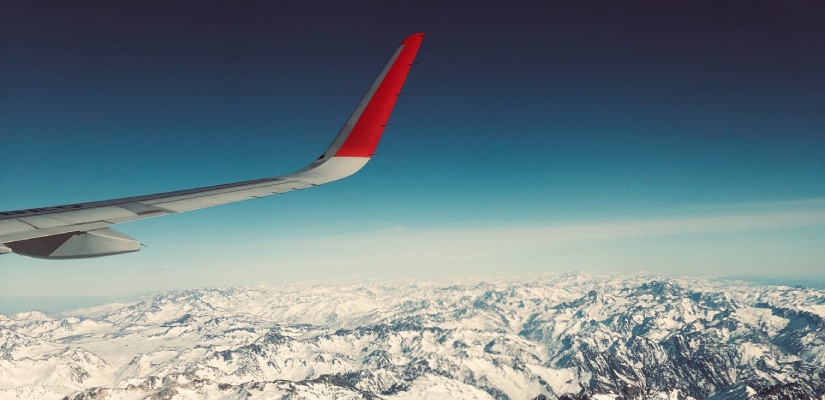
Language
Spanish is the most widely spoken language in Chile. The variant of Spanish spoken in the country is Chilean Spanish. It is a dialect of Spanish that is very different from the Castilian variant of Spanish, but its pronunciation is similar to Andalusian Spanish. About 14 millions of Chileans speak the language. Several other indigenous languages are also spoken in the country such as Mapudungun, Quechua, Rapa Nui, Huilliche and many more.
The time difference
Concerning the time difference in Chile, you should be careful because it is not the same everywhere in the country. For example, when it’s 14:00 in Easter Island, it’s 16:00 in Puerto Natales. Chile’s standard time zone is GMT -4 and in summer (September to April), GMT -3.
National currency
The national currency is the peso. We advise you to bring euros, which you can easily change on the spot, or US dollars in small denominations (50, 20, 10 and 1 dollar, very practical for tips). Traveller’s cheques in US dollars or euros are not recommended, as they are sometimes difficult to change. There are many ATMs in town that accept most international bank cards.
1 US Dollar = 783.27 Chilean Pesos
1 EU = 912.92 Chilean Pesos
Travel budget and cost of living in Chile
Chile is one of the most developed countries of South America, which means you have to provide a slightly higher budget than would expect for its neighbouring countries. You will still be pleasantly surprised by the prices which are 30% to 40% cheaper than in Europe or North America. Of course, depending on the period and the desired comfort, your budget can vary considerably. Your budget will depend on 4 main expenses:
1. Transport: $9 per day
If you wish to buy or rent a car in Chile, note that compared to North America or Europe, the price of petrol is relatively lower in Chile (about 1.20$ per litre). A small car rental will be $30 per day. And finally a taxi in Santiago, Chile’s capital is $0,95 per kilometre.
If you use public transport in Santiago, you need to buy a BIP card beforehand, which costs around $2 and then top it up with the amount you want. A round trip by metro costs more or less $2, which varies depending on the time of day. For more information, you can read our dedicated article.
For long travel within the country, coaches/buses are definitely the most economical way to travel but also the slowest and least comfortable: you can’t have it all! The average cost of the Bus: 20.000$CH (about $30) for 1000 km.
2. Accommodation: $12 per day
From campings to hotels to the inhabitant’s home, you definitely have the choice in terms of accommodation. We would still recommend opting for local accommodation, built-in wood, such as “cabañas” or certain hostels. A night in a hostel costs about $6 to $25 for a dormitory bed and about $40 for a private room in a hotel. An expensive solution in the long term but which has the advantage of keeping your freedom. You can leave from one day to the next according to your plans.
3. Food and beverages: $9 per day
In Chile, you nicely eat for little money. Street food and supermarkets are the most economical option. If you choose a restaurant for lunch, the “almuerzo” is the most economical option. This complete menu (starter, main course, dessert) costs only about 3 500$CH (about $5). In the evening, the bill will be higher. Count between 3 500 and 11 000 $CH (between $5 and $15). In general, a meal in an economical restaurant, without drinks will be about $10.
4. Activities: $8 per day
To estimate a budget from activities, you first need to know whether you are more of a city-dweller-culture enthusiast or an adventurer-lover of the great outdoors. Museums and city outings are relatively cheap. When the entrance to museums is not free, the price rarely exceeds $5.
For excursions lasting several days, you will need to count between 39 000$CH (about $50) and 78 000$CH (about $100). This is explained by the distance to be covered and the possible rental of equipment. Did you know that the excursion through the Torres del Paine National Park along the stunning W Trek is one of the most liked and popular trips from Howlanders.
Safety
Visiting and living in Chile today is not particularly dangerous, and many Chileans like to point out that despite the glaring inequalities, Chile remains the most stable and developed country in Latin America. Most visitors or expatriates do not encounter any problems, and they find a quality of life and service that is unequalled on the South American continent.
In spite of this, there is no reason to not take a minimum of precautions. Basic safety recommendations are always in order: avoid demonstrations and gatherings, avoid walking around with valuables. Always leave a copy of your documents (passport, driving licence, etc.) at your accommodation. As in all countries, leave the minimum amount of money with you and be discreet when paying.
Places to visit in Chile
We could write pages and pages on all the nice places to visit in Chile, from the rainbow mountains of San Pedro to the Chilean Patagonia Torres del Paine. This country is full of treasure. Let’s look at the top three places to visit.
- San Pedro de Atacama:Stretching over 1000 km of the Pacific coast from northern Chile to the border with Peru and Bolivia, the Atacama, the world’s most arid desert, attracts more and more adventurers every year. Why? Because the region offers a natural scenery teeming with life, which can be seen in the immensity, between valleys, volcanoes, sumptuous oases, lagoons and the peaks of the great cordillera on the horizon.
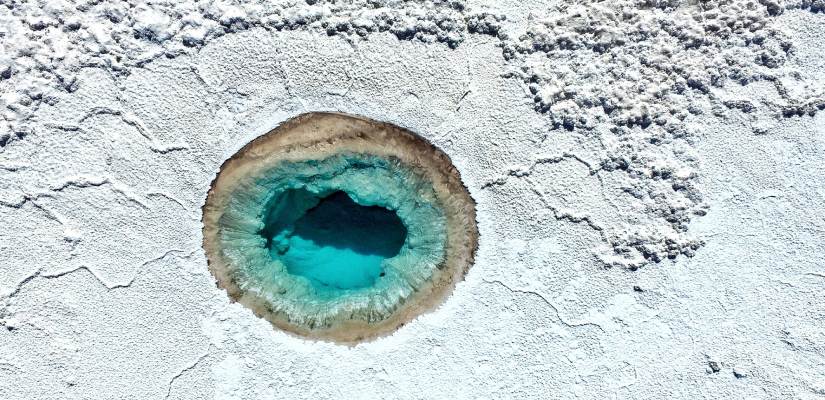
- Torres del Paine: Declared a biosphere reserve in 1978 by UNESCO, the Torres del Paine Park is the best known in the country and a must-stop during your stay in Chile. It is named after the four granite peaks that can be found there. Several hikes ranging from half a day to a full week can be done in the park (the W and O routes are the best known). Milky blue lakes, glaciers, rocky peaks: so many natural wonders that surprise the visitor at every turn!

- Easter Island: The world’s furthest island from a continent, more than 3,700 km from the coast; it was formed by the eruption of three volcanoes. Easter Island is also fascinating for its monuments and its mysterious history. Following orders from chiefs and priests to communicate with the gods, the inhabitants built more than 887 moaï; huge statues in tuff and basalt reaching up to 8 m in height.
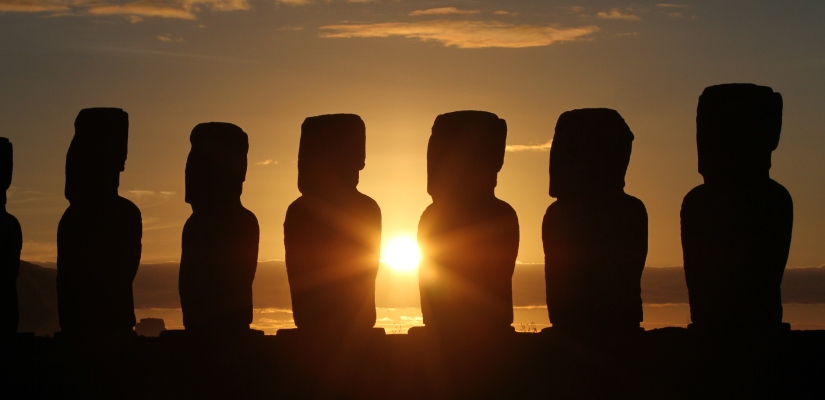
The Chilean cuisine
Keeping the best for the end, let’s now talk about Chilean cuisine! Once you travel to Chile you will quickly realise you’re also experiencing a whole new culinary world. The country offers a surprisingly rich and diverse range of dishes that every visitor should try at least once. In addition, Santiago has one of the most dynamic culinary scenes in the country, making it the perfect place to try some of the nicest traditional Chilean dishes. Here are four classical dishes that you must try if you want to discover the richness of Chilean food!
The empanadas:
-
- Little puff pastry baked in the oven, the most popular are filled with cheese, seafood or with a mixture of meat, onions, eggs and olives. Empanadas are easy to enjoy at any time of the day, easily found in takeaway stalls. It might not be great gastronomy, but they are an important facet of Chilean culinary culture.
- Humitas: This dish can be found in Andean countries such as Bolivia, Argentina, Ecuador, Peru and of course Chile! Traditionally, corn is mixed with onion and basil, which gives it that addictive touch. The preparation is then wrapped in the same maize leaves used as an ingredient. It is served lightly sweetened or accompanied by tomatoes. Humitas is normally a summer dish, some people manage to enjoy it all year round.
- Completo: Another classic Chilean food classic, the completo, which is the nation’s take on a hot dog, but unlike it, it comes with extra toppings. The word “completo” meaning “complete” or “total”, is an excellent description of what is basically a hot dog sausage in a loaf of bread and accompanied with as many different toppings as possible.
- Asado: Ah, the asado or the Chilean barbecue! Although there is a lot of rivalry between Chile and its neighbour, Argentina, over who offers the best asado, they agree that the asado is both a delicious meal and an important social occasion held all year round. Although a family asado is certainly a different experience, there are different restaurants that can introduce you to the Chilean love of a barbecue. The famous restaurant Happeninglocated in the heart of Santiago cooks delicious pieces of meat on the grill for a true asado experience.
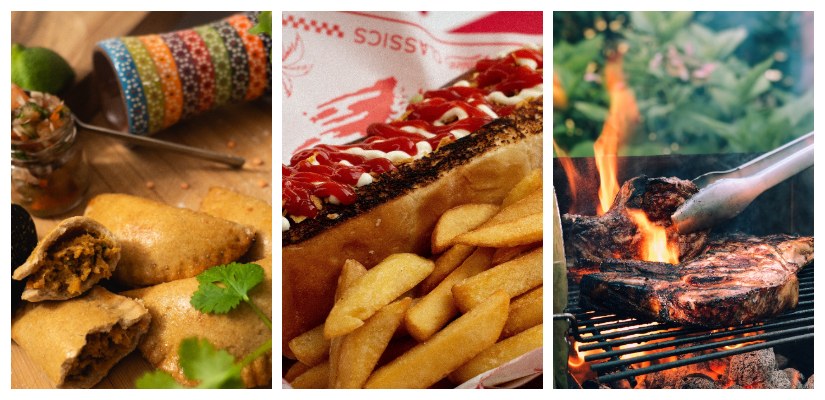
Overall, these 10 points should answer all of the questions you were wondering about if you want to travel to Chile. From its incredible variety of landscapes to its culture and cuisine, Chile is simply a country of 1,000 contrasts that make it difficult to know which way to go first.
Where do you plan to start? 🙂

